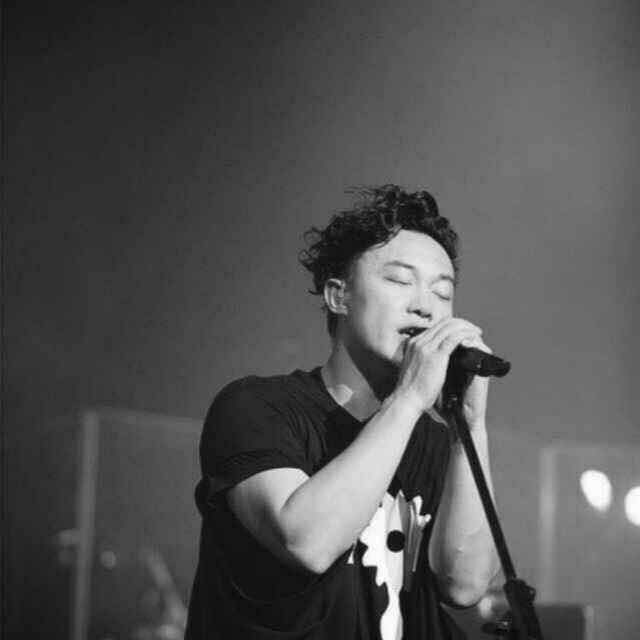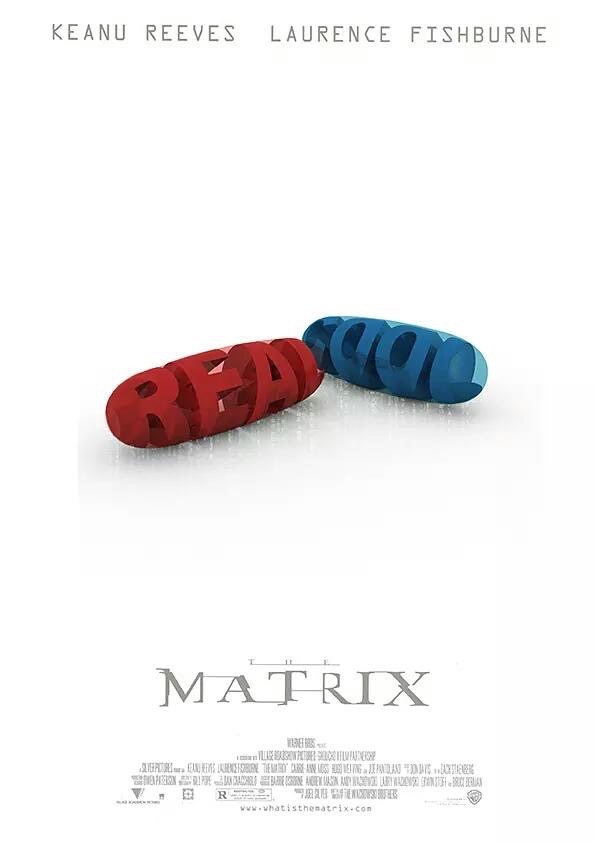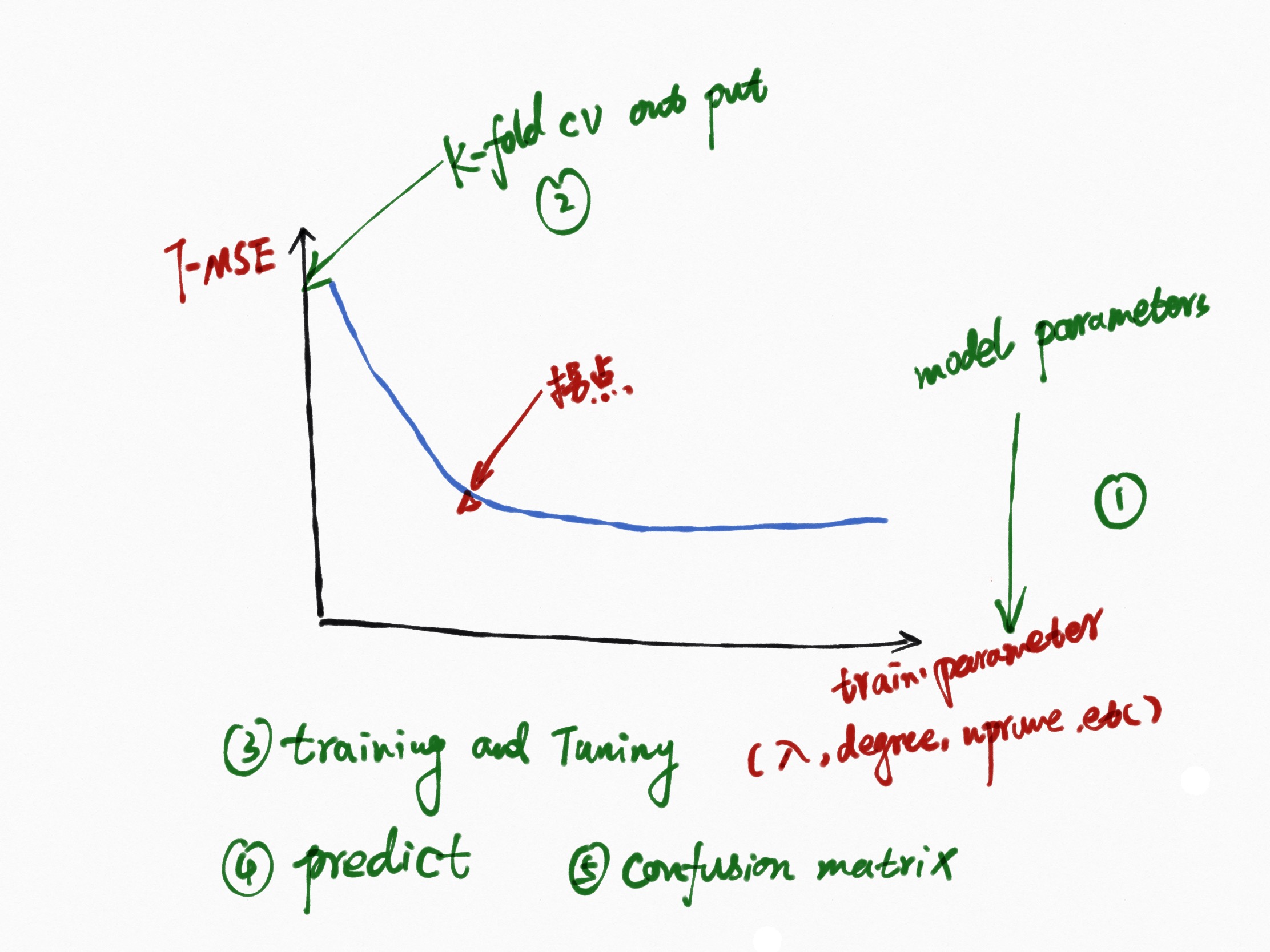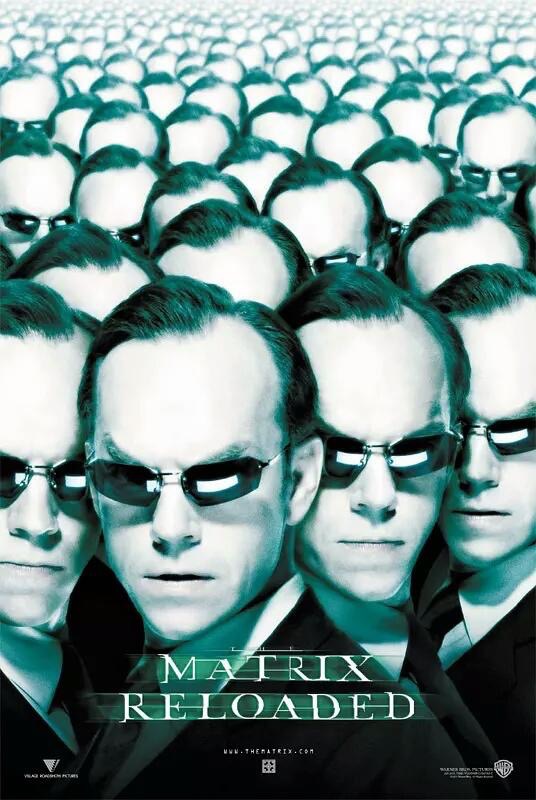简单拟合一个线性模型 states <- as.data.frame(state.x77[,c("Murder", "Population", "Illiteracy", "Income", "Frost")]) fit <- lm(Murder ~ Population + Illiteracy + Income + Frost, data=states) #summary(fit) 线性模型假设的综合验证 使用gvlma包中的gvlma函数验证模型的线性假设。gvlma函数由Pena和Slate ( 2006 )编写,能对线性模型假设进行综合验证,同时还能做偏斜度、峰度和异方差性的评价。换句话说,它给模型假设提供了一个单独的综合检验(通过/不通过)。
# Listing 8.8 - Global test of linear model assumptions library(gvlma) gvmodel <- gvlma(fit) summary(gvmodel) ## ## Call: ## lm(formula = Murder ~ Population + Illiteracy + Income + Frost, ## data = states) ## ## Residuals: ## Min 1Q Median 3Q Max ## -4.








